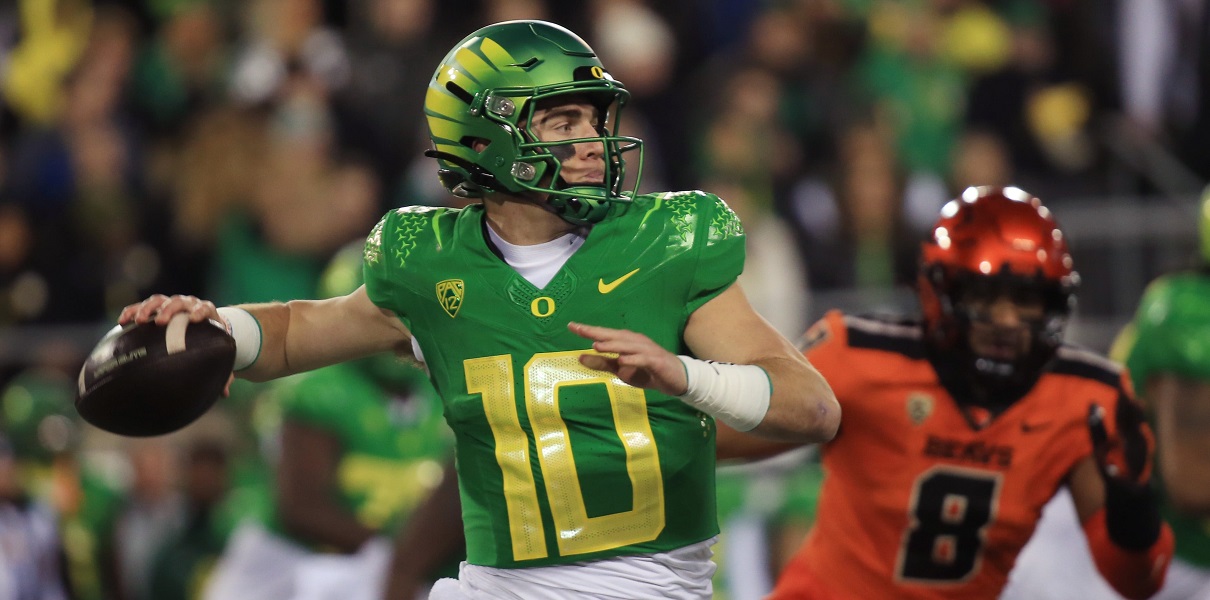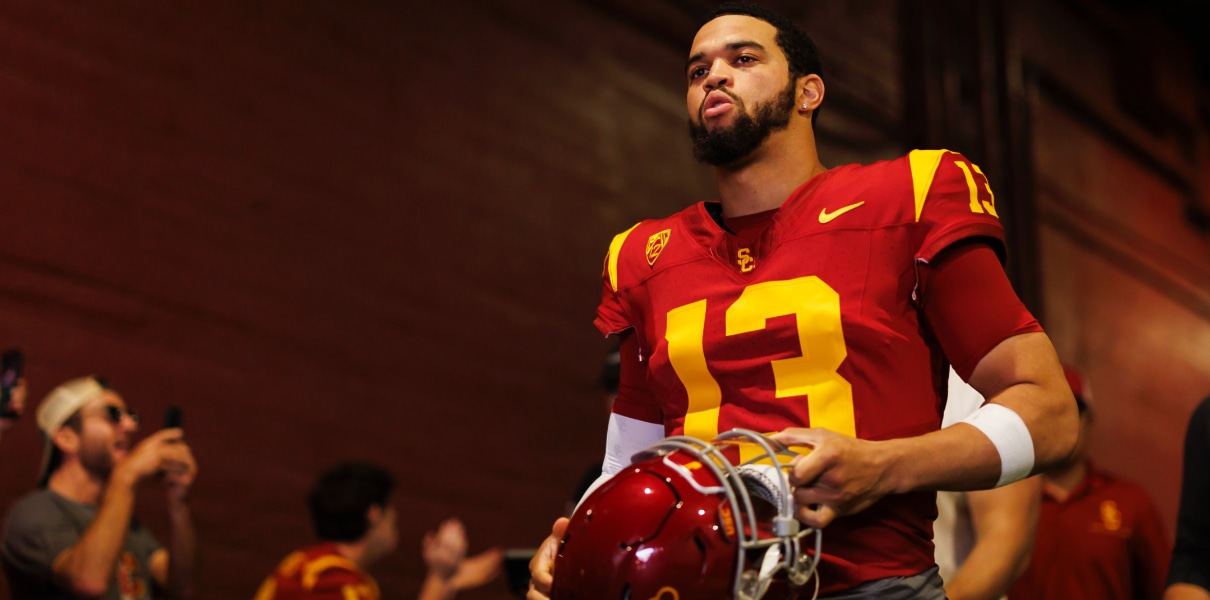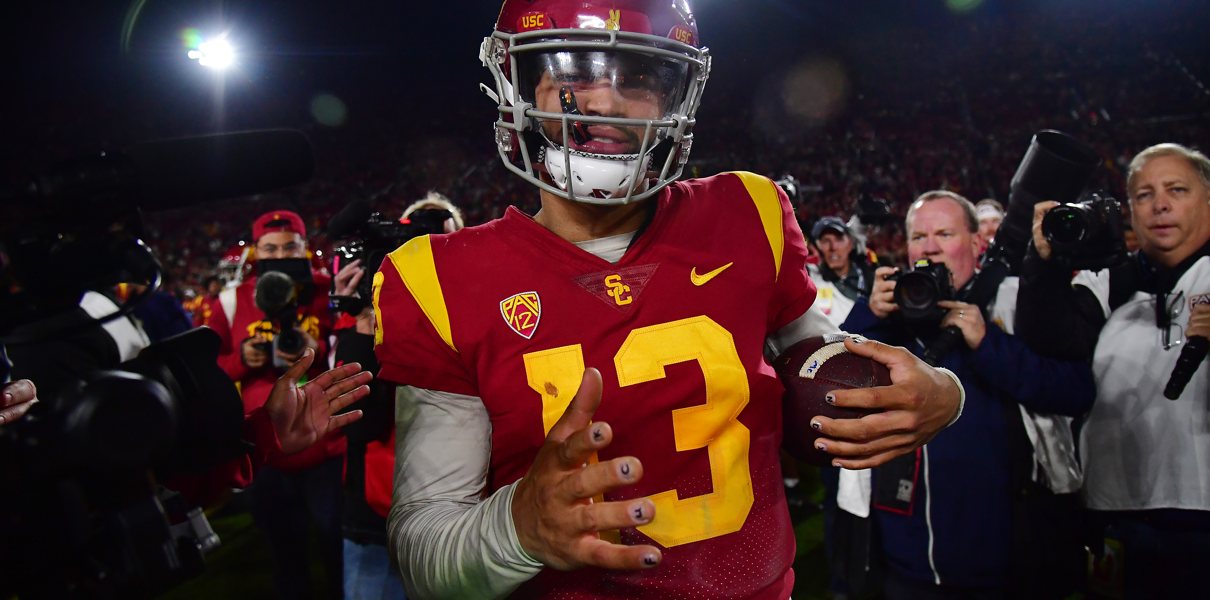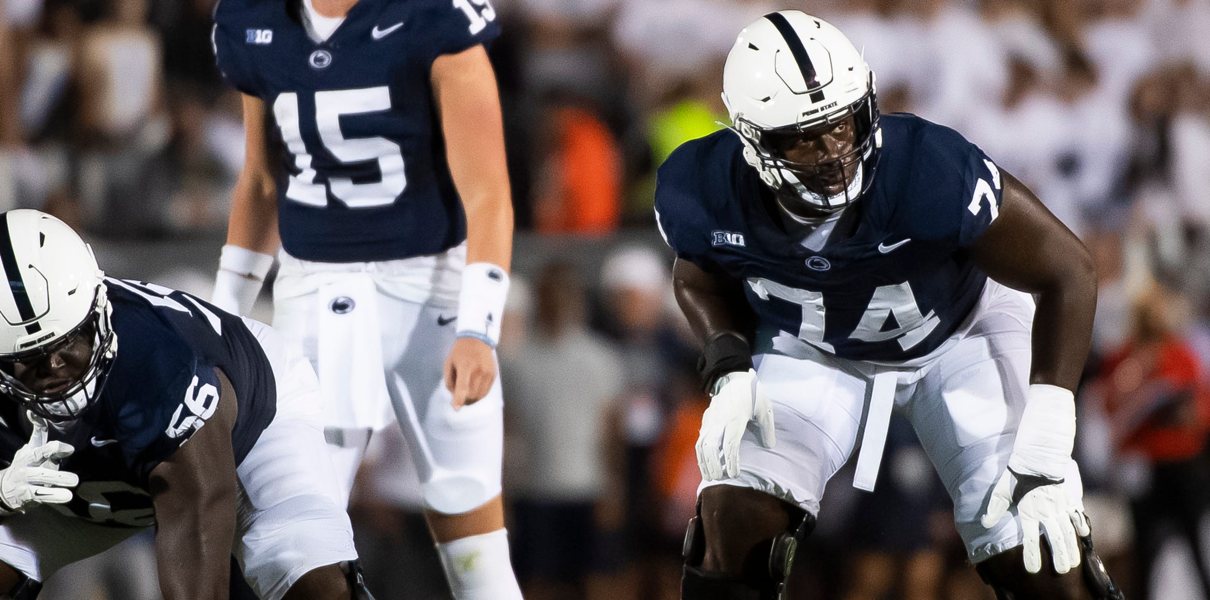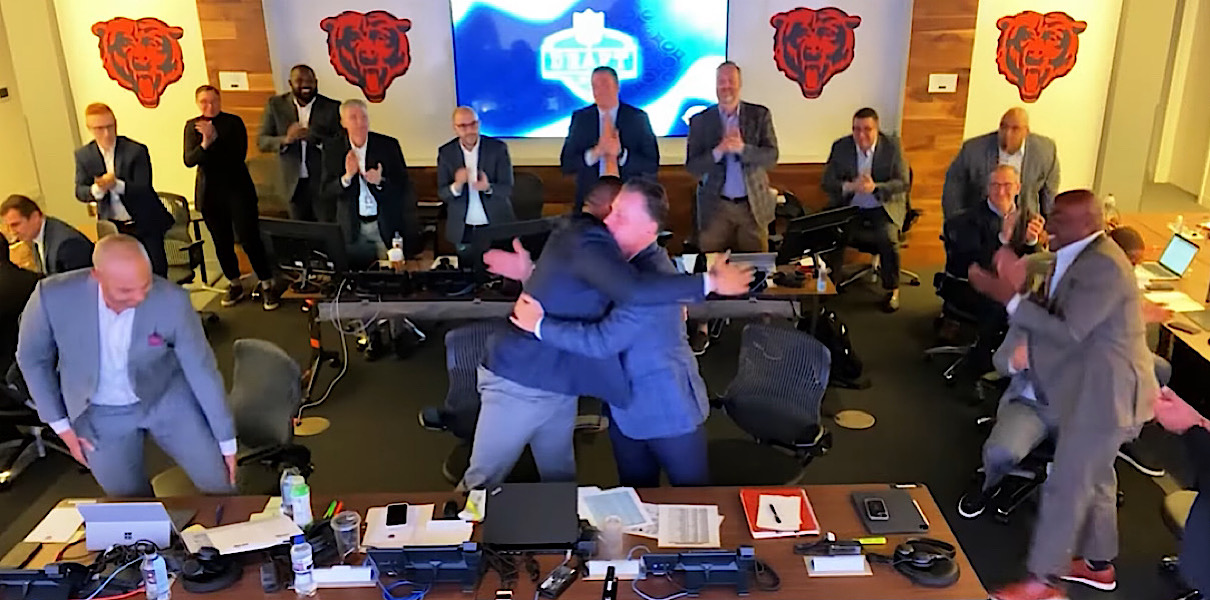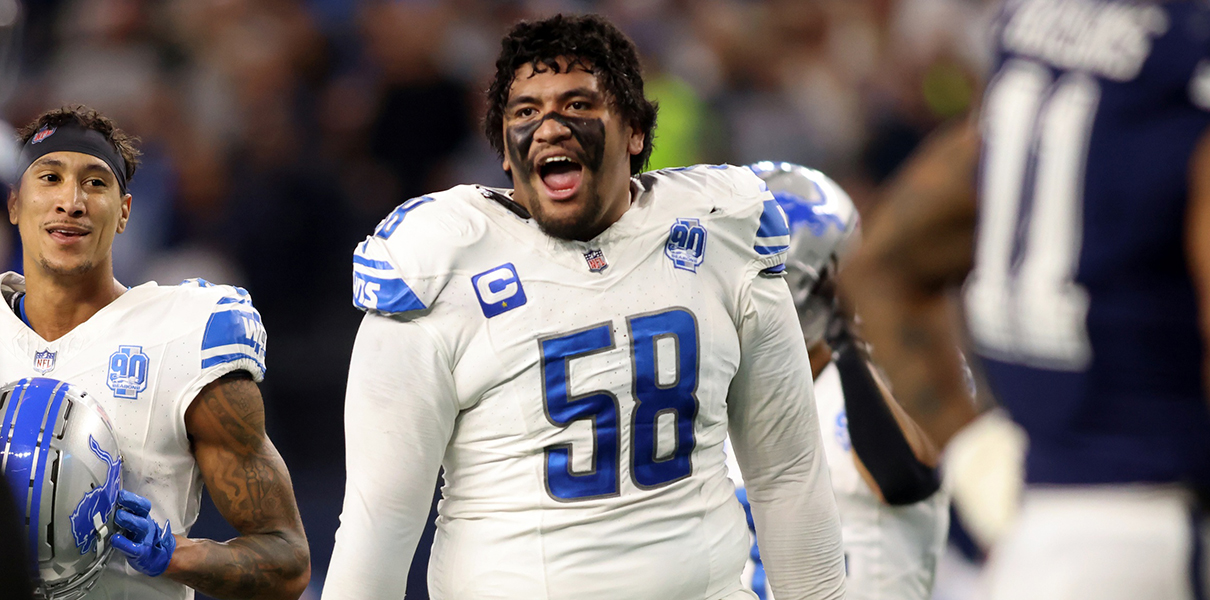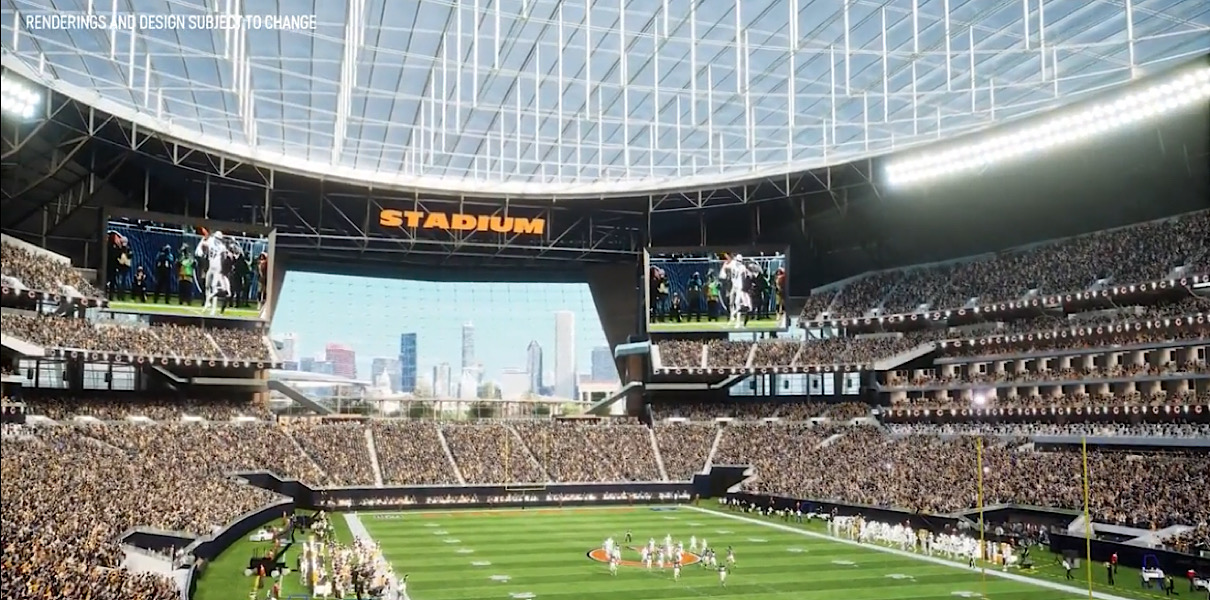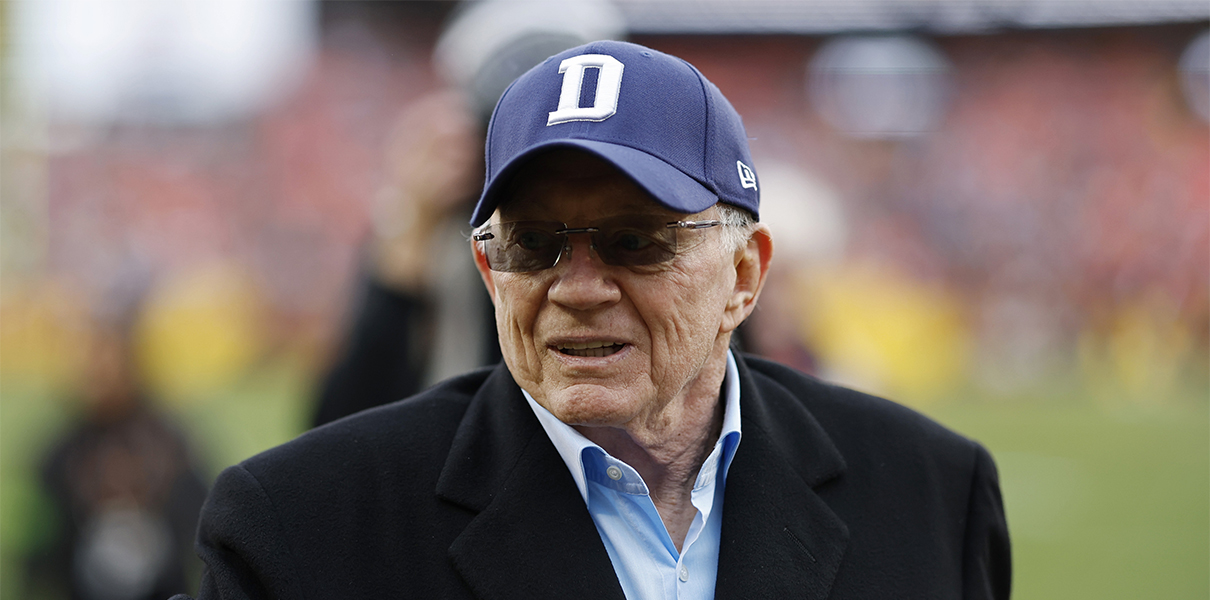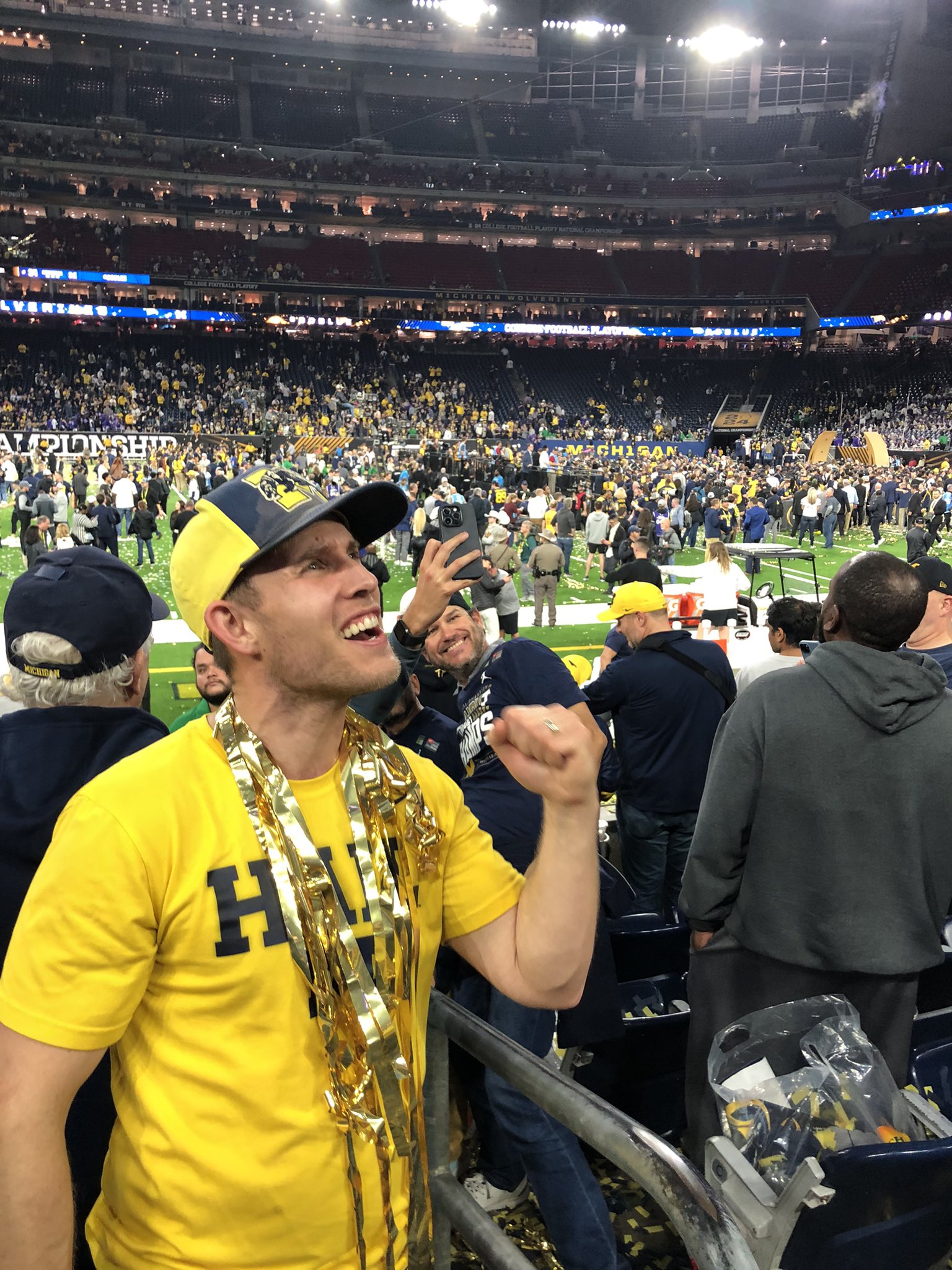With most of the offseason player movement safely behind us, let’s take the opportunity to re-visit a position in the midst of a transition: safety.
Before the Chicago Bears shocked the football world and traded up in the draft to select quarterback Mitch Trubisky, all signs pointed to the team taking a defensive stud to shore up a spotty defense. Specifically, most mock drafts had the Bears taking a cornerback or safety with the (then) third overall pick. And while the Bears addressed some of their cornerback concerns with the free agent signings of Prince Amukamara and Marcus Cooper, they didn’t use any of their draft picks to land a player at that position early on. Nor did they sign an undrafted free agent to make a run at a roster spot.
However, the Bears did eventually come around to drafting a safety – albeit, one with the 112th pick.
So why, in a draft loaded with highly touted safeties, did the Bears – who were in a position to take one early in the draft – wait until the fourth round to pluck Alabama’s Eddie Jackson? Allow Andy Benoit, an NFL analyst and writer for Sports Illustrated and The MMQB to offer up an explanation:
#Bears are higher on their safeties (Amos, Demps) than local media and fans. Why they didn’t address position until Round 4.
— Andy Benoit (@Andy_Benoit) June 5, 2017
This seems sensible on the surface.
After all, the Bears signed Quintin Demps to a three-year deal in free agency to shore up one of the starting safety spots. Chicago was relatively inexperienced at the position in 2016, with four players – including primary starters Adrian Amos and Harold Jones Quartey – playing in their age 23 seasons. With that in mind, Demps’ veteran presence represents a welcome change and hopefully a steady hand in a position group that could use some guidance. Of course, it helps that Demps is coming off a season in which Pro Football Focus graded him as the 12th best safety after intercepting six passes. Remember, the Bears only had eight picks as a team in 2016.
Still, let’s not lose sight of the Bears’ problems at that position. Safety has been a revolving door of struggle for the better part of a decade. The base of a post written earlier this offseason about why the Bears would often be linked to LSU safety Jamal Adams stands true. The Bears have played in a division with elite quarterback play at the top, and have yet to successfully solve a position where the player’s primary job is to defend the pass in a pass-happy league. And it’s not as though the team hasn’t been trying; it’s just that it has tried often … and failed.
Enter: Eddie Jackson, the eighth safety selected by the Bears since 2009. Jackson is the sixth safety drafted by the Bears in the fourth round or later – only Major Wright (third round, 75th overall in 2010) and Chris Conte (third round, 93rd overall in 2011) were drafted earlier. But unlike Wright or Conte, Jackson wasn’t rated as a top-10 player at his position by WalterFootball.com – which ranked Jackson 13th in this class of safeties.
And let’s not lose sight of the leg injuries at Alabama that bumped Jackson down the draft board. Perhaps a healthy Jackson has a better season and a stronger case for being among the 10 best players in his class at that position. Maybe Jackson stays healthy with the Bears and turns out to be a steal. That seems like what the Bears are banking on, while also allowing two more experienced players play ahead of him as he learns, develops, and builds strength while regaining his health.
Unfortunately, the Bears have been playing this high-risk, high-reward game at this position for years. And it makes you wonder if a change in philosophy would do the organization some good.



